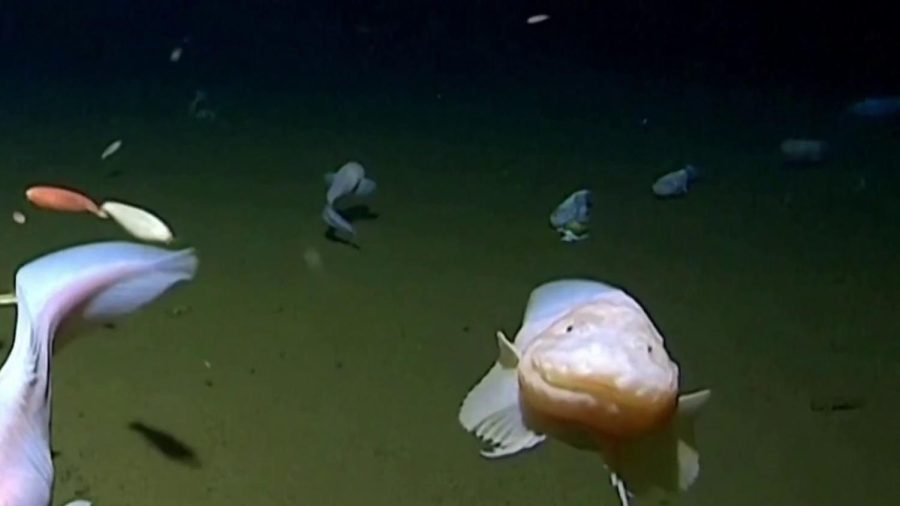Deepest Fish was Filmed in Japan
April 19, 2023
In a groundbreaking discovery, a team of Japanese scientists captured a snailfish at the deepest depths ever recorded. It was previously assumed that fish could not live at such depths. According to BBC the creature was found at a depth of 27,349 feet in the deepest part of the world’s ocean, the Mariana Trench.
The video footage was captured using a remote vehicle manned by Marine biologist Alan Jamieson and his crew. It shows the fish, a snailfish species, swimming gracefully in the murky depths of the trench. The discovery was announced by the Japan Agency for Marine-Earth Science and Technology.
The previous record for the deepest-living fish was held by a different species of snailfish, which was found at a depth of 26,722 feet (8,145 meters) in 2014. Alan Jamieson, founder of the Minderoo-UWA Deep Sea Research Center told CNN, “What is significant is that it shows how far a particular type of fish will descend in the ocean,” Jamieson led the expedition capturing the footage. He sat just above the Trench when this event was captured. The new discovery is significant as it extends our understanding of the limits of life on Earth and the adaptations that enable creatures to survive in extreme environments.
The snailfish, which is called Pseudoloiparis belyaevi, has several unusual adaptations that allow it to survive in the deep-sea environment. Jamieson told The Guardian that “When you picture what the deepest fish in the world should look like, the chances are it’s gnarly, black, with big teeth and small eyes. Deep-sea adaptations tended to be less visibly obvious.” The snailfish is less unusual looking than most would assume. According to BBC the snailfish have a lack of scales and a gelatinous body that can withstand the extreme pressure of the deep ocean. The fish also has a transparent head that helps it navigate in the dark and spot prey. The fish also doesn’t have a swim bladder due to the difficulty of maintaining a gas cavity in high pressure environments.
The discovery has been hailed by scientists and researchers alike as a major achievement in deep-sea exploration and highlights the importance of continued investment in ocean research. It is hoped that further studies of the Mariana Trench and other deep-sea environments will reveal more about the creatures that live there and their adaptations to life in the most extreme conditions.
